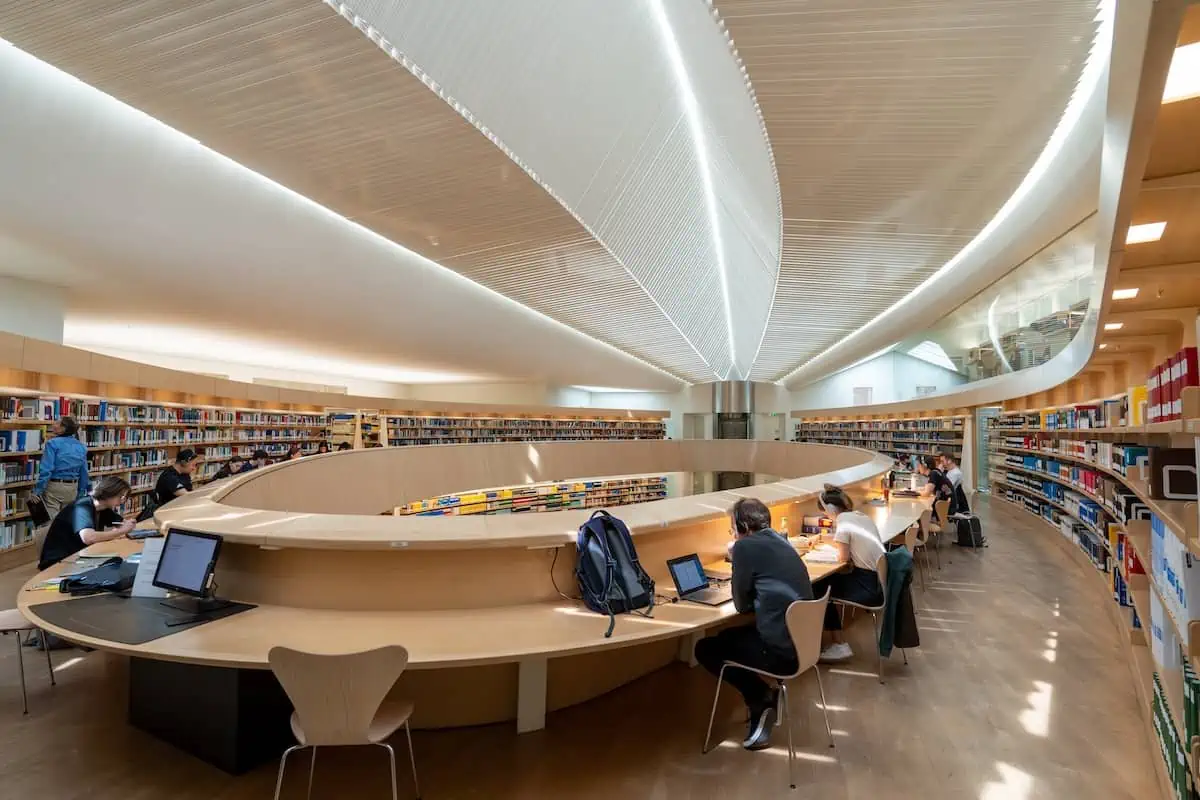As the demand for off-campus student accommodations continues to rise, architects are increasingly tasked with designing spaces that not only meet the basic housing needs but also enhance the overall student experience.
In this article, we will delve into the crucial architectural elements that contribute to the success of off-campus student accommodations.
Space Optimization and Flexibility
One of the key considerations in designing off-campus student accommodations is optimizing space while maintaining flexibility. Architects must create layouts that make the most of limited space without compromising comfort.
Multi-functional furniture, convertible spaces, and clever storage solutions become pivotal in ensuring that students have adaptable living spaces that can cater to various needs.
Community Spaces and Social Hubs
Beyond individual units, successful off-campus accommodations integrate communal areas that foster social interactions. Architects often focus on creating vibrant common spaces such as lounges, study areas, and shared kitchens.
These hubs serve as essential components that encourage a sense of community and connection among residents. Thoughtful design can facilitate both formal study groups and casual social gatherings.
Sustainable Design and Green Spaces
With an increasing emphasis on sustainability, off-campus accommodations are now leaning towards eco-friendly architectural practices. From energy-efficient lighting to the use of recycled materials, architects play a crucial role in minimizing the environmental impact of these buildings.
Integrating green spaces not only contributes to sustainability but also enhances the overall well-being of students, providing them with areas to relax and connect with nature.
Security and Safety Measures
Architectural elements that prioritize the safety and security of students are paramount in off-campus accommodations. This includes well-lit pathways, secure entry systems, and surveillance measures. Ensuring that the design incorporates these elements helps create a secure environment, allowing students to focus on their studies without concerns about their well-being.
Technological Integration
In the digital age, technological integration is a must in student accommodations. Architects need to consider the installation of high-speed internet, ample charging points, and smart home features.
These technological advancements not only cater to the needs of contemporary students but also position these accommodations as forward-thinking and attractive options in the competitive student housing market.
Accessibility and Inclusivity
Architectural design should prioritize accessibility to accommodate students with diverse needs. This includes considerations for ramps, elevators, and other features that ensure the spaces are inclusive for students with disabilities.
Moreover, creating environments that celebrate diversity and inclusivity through design choices contributes to a positive and supportive living experience for all residents.
Flexibility in Furnishing and Personalization
Recognizing that students often come from diverse backgrounds and bring their unique tastes and preferences, architects should design spaces that allow for personalization. Providing flexibility in furnishing options and encouraging residents to add their personal touch to their living spaces helps create a sense of ownership and comfort.
Conclusion
Architects designing off-campus student accommodations face the challenge of balancing functionality, community, sustainability, and safety. By carefully considering and incorporating these essential architectural elements, they can create spaces that not only meet the basic needs of students but also enhance their overall living experience.
As the demand for off-campus housing continues to grow, architects will play a crucial role in shaping the future of student accommodations.
Student Accommodations article and permission to publish here provided by Patrick Otto. Originally written for Supply Chain Game Changer and published on January 15, 2024.
Cover photo by Ilia Bronskiy on Unsplash.

